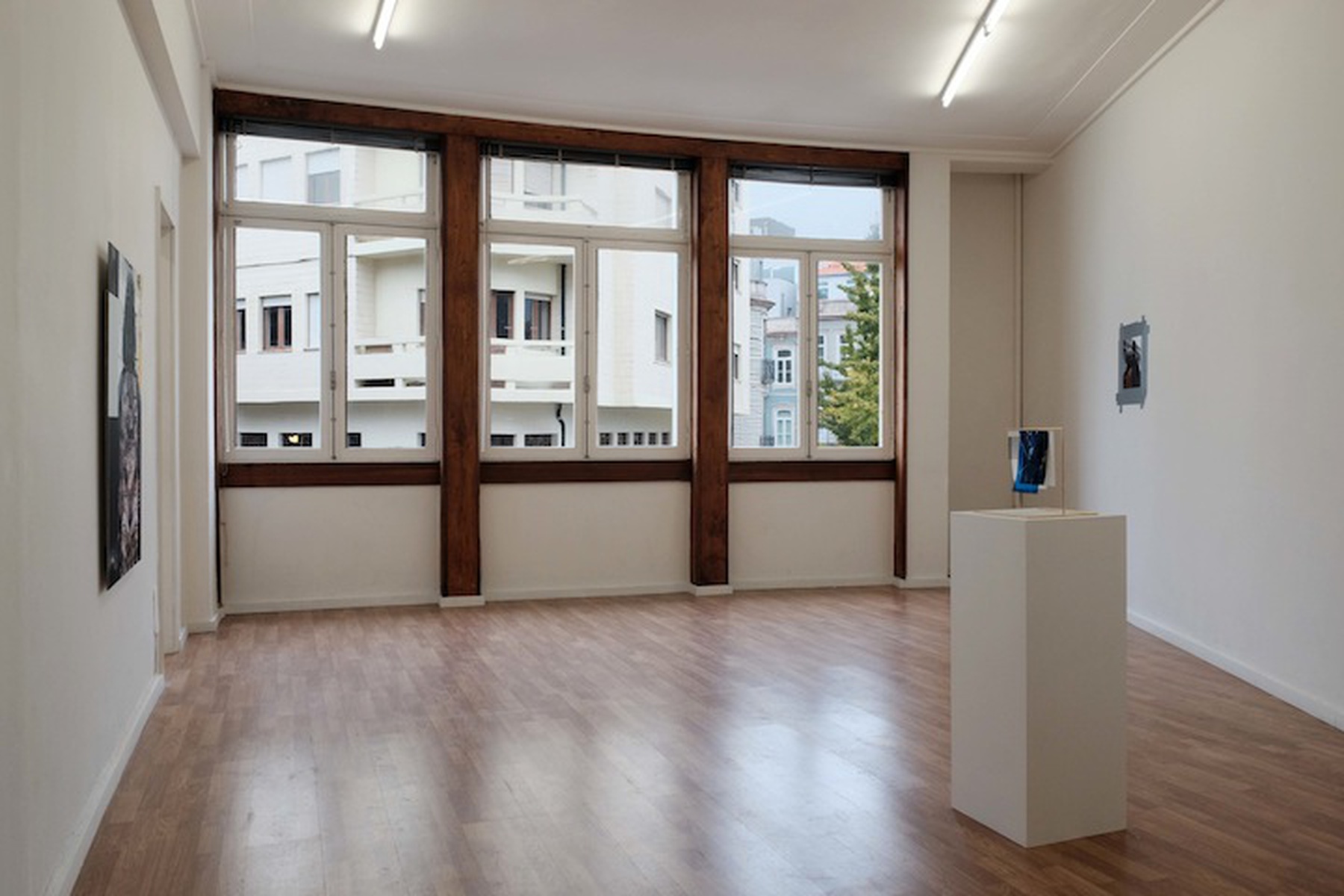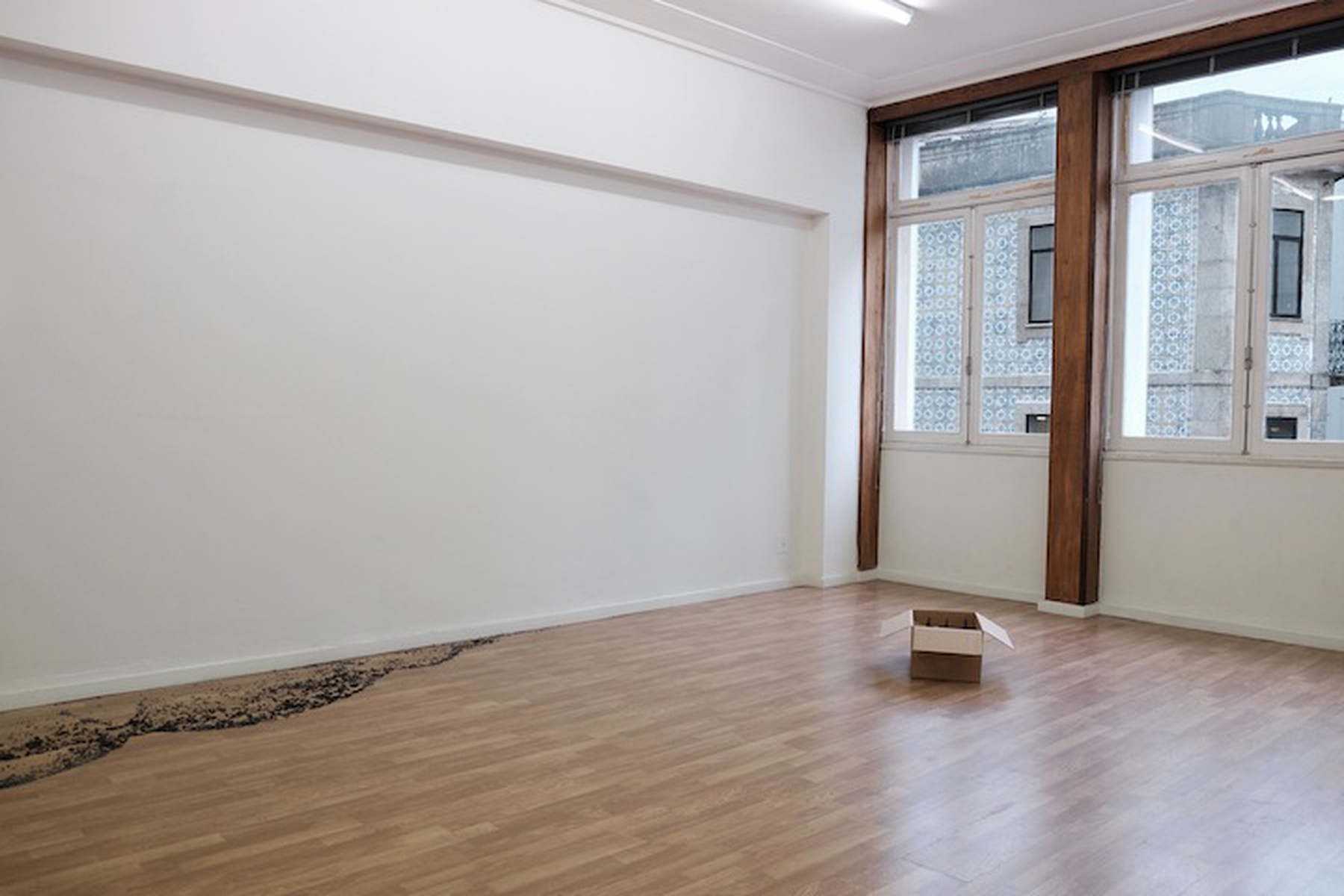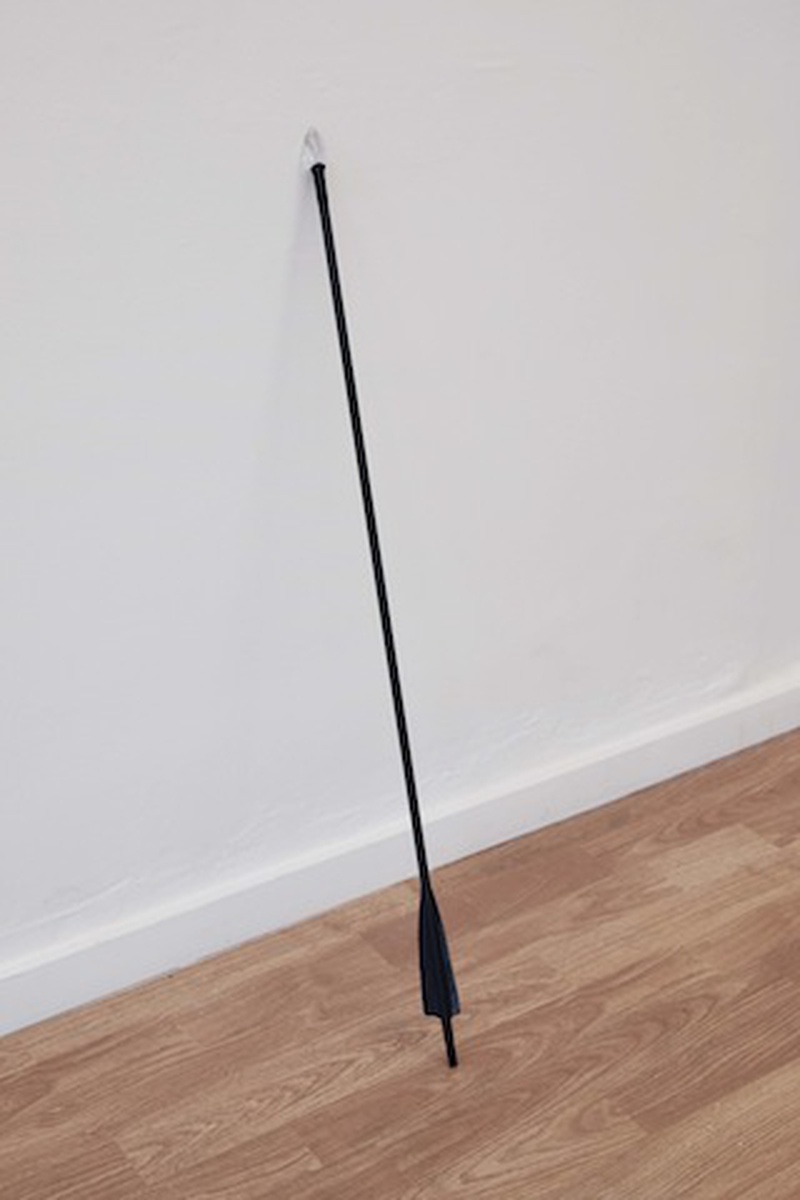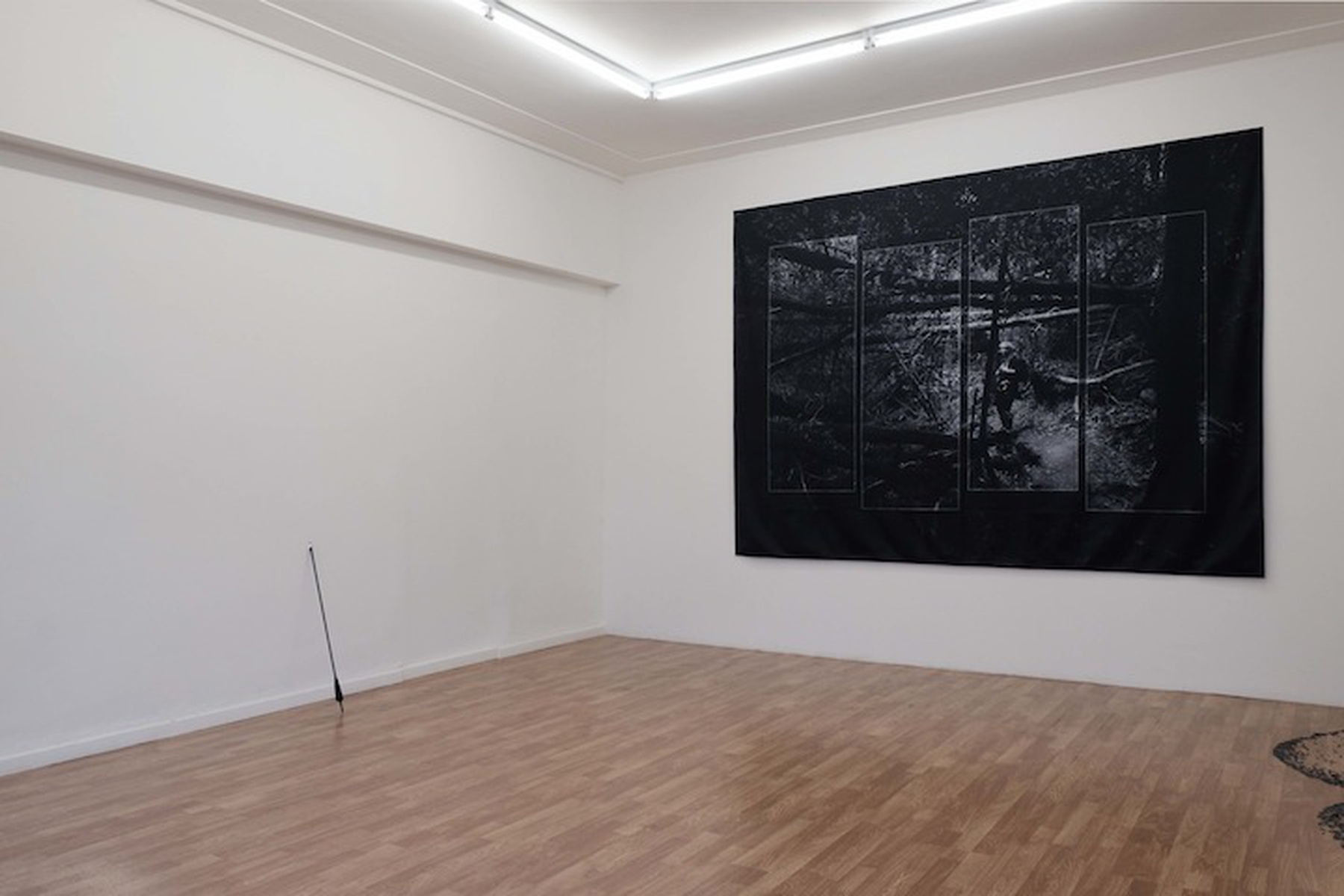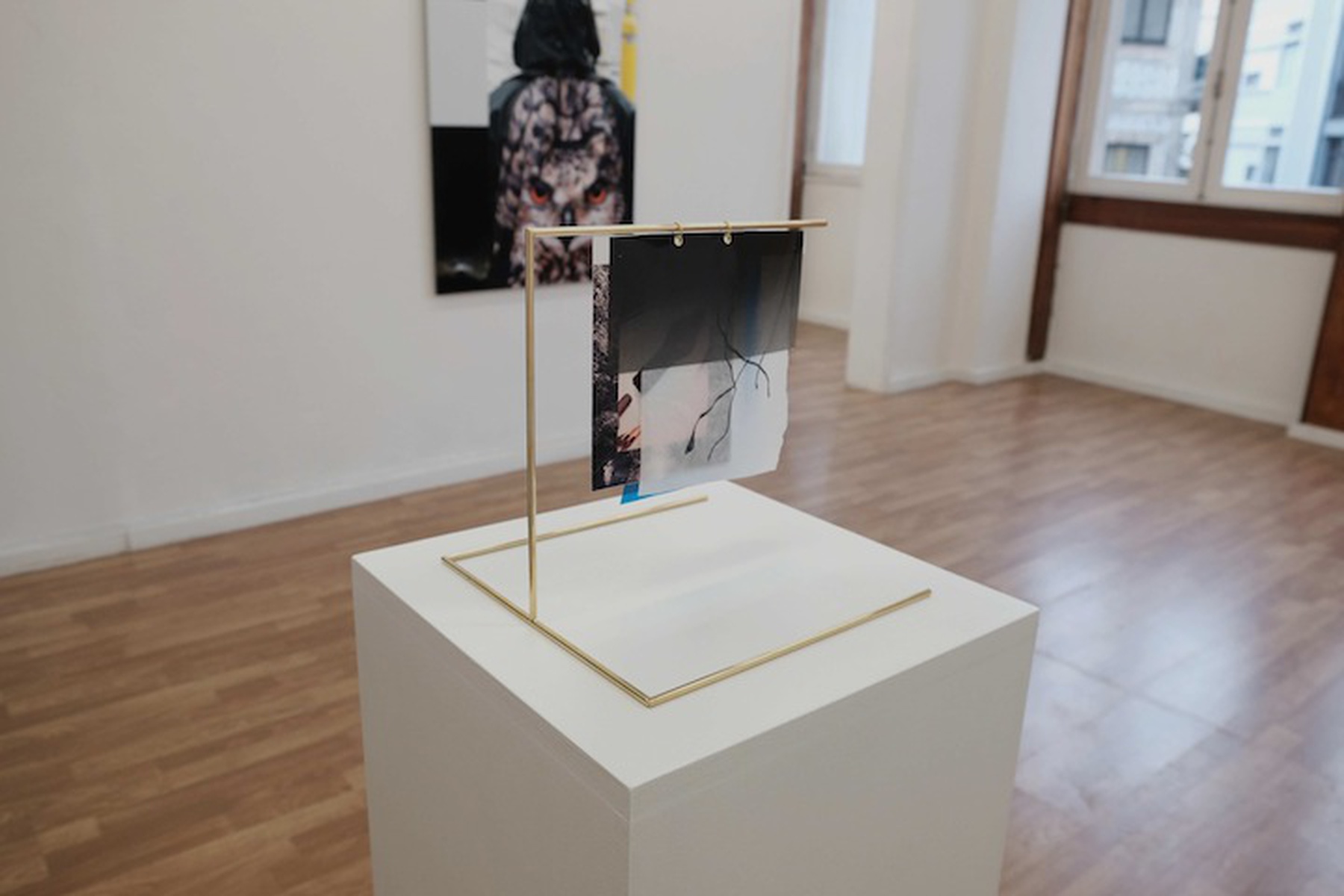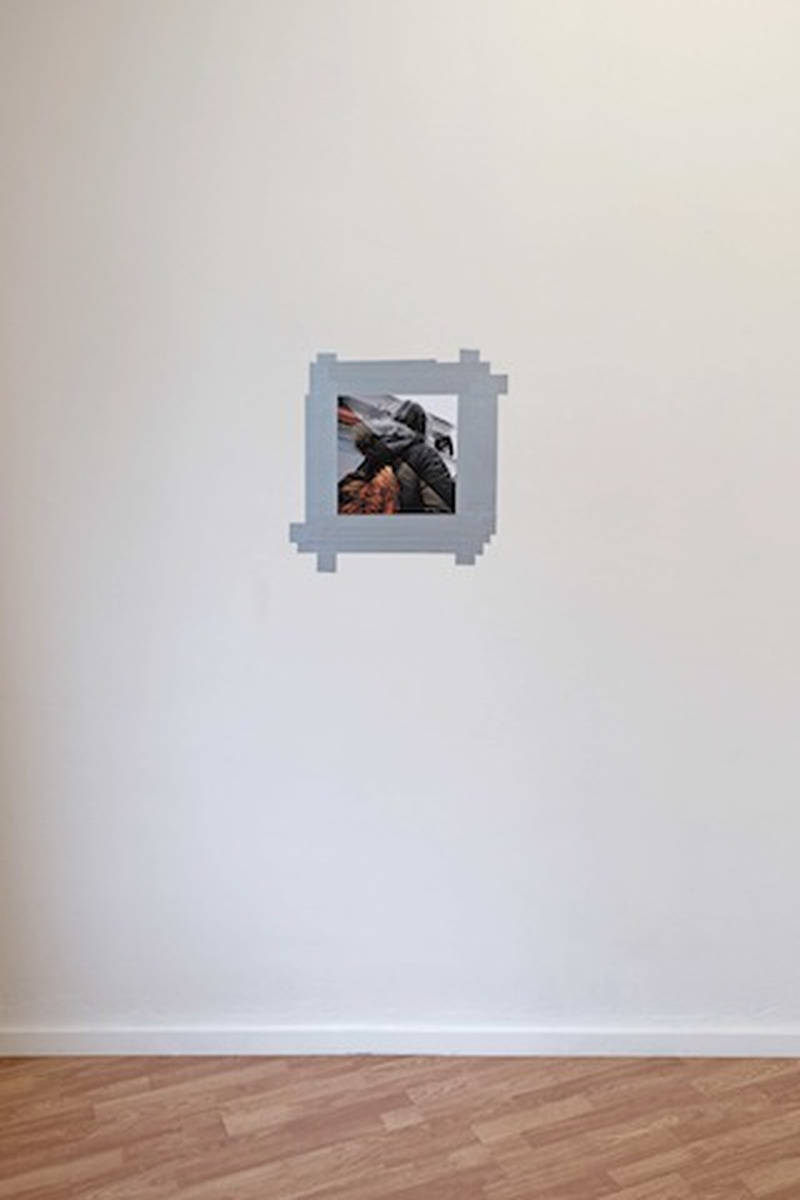Wild sea money
Exhibition
18 Nov – 17 Dec 2016
Opening
Friday, 18 November 22:00
Free admission
The title of this brief text is an appropriation of the title of Vasco Barata’s exhibition at Sismógrafo. The reason for this appropriation relates to the way I have observed his work and how the “wild” epitome (Wild or Savage, in the English phrase he has used in other works and exhibitions) has condensed a reaction to a conceptual and imaginary unevenness that affect me and raise me doubts about the urban condition and its social, economic, literary, musical, plastic, relational and even visionary stratifications.
The choice of the title for the exhibition, from a phrase of that monumental work by James Joyce entitled Ulysses, leads us to a trapped territory in which space and time are determinant in the perceptive trap that he proposes to us. As in the work of Vasco Barata, which is a conditional form of seeing and that interrogates the body and the spirit before the materialization of these clues that are the works of art that the artist produces. But Joyce is not a pretext, nor is Raymond Pettibon, an artist contemporary of Barata, who designed the logo of the punk band Black Flag (1976, California, USA), which is presented here in another form, appropriated, transmuted and in which the forms are already another clue that we will have to decode.
The importance that images represent in the creative universe of this artist is recognized, but it is also undeniable that this universe is spread in a myriad of formulations from these images as symbols of a fragmented culture, wild if we want, voracious and savage in the way it leads us, under the appearance of these symbols and referents, to a permanent crossroads that unfolds in multiple anachronistic spaces.
A piece made from several images that are familiar to us can synthesize the work process of Vasco Barata. These images represent human figures from their backs, carrying a backpack in an urban context. This is an image that is contemporary of the times in which we live in, as a symbol of an urban nomadism, of someone (any of us) who is in permanent movement, as if the city was constituted as a dense and infinitely walkable habitat, in which it is absolutely necessary that we ourselves are self-bearing, as if our locomotion capacity was not enough.
The backpack is then an extension of the body that moves in the city as it once moved in unknown territory, in an expedition through nature. In our back we now have a coat of images that identify as ways of life, political attitudes, messages and symbols that utter desires and aggregate the collective imaginary. In one of those images an owl is printed, looking at us, with the colors of a wild, free animal, inhabiting a still persistent idea of a natural state that we are continually rescuing from our consciousness of the world. This primordial place is intimately connected with an image of nature that we seek in literature, in cinema, in the imagined travels and perhaps in a desire to escape the city that we court and build and that, becoming unbearable, can not yet satisfy us.
All this is as contradictory as the everyday life we live, as a kind of daily cycle between the low tide and the high tide that repeats itself and brings with it everything that will come to take and give back in a different form, but in a similar movement. As the stones that seem to remain over the sand and which in difficult times will resonate that appeal to a primeval state, nevertheless a state that is a resilient, resistant, inexpugnable desire, as nature dreamed, even in the innards of the urban landscape that we unceasingly travel.
*James Joyce, Ulysses [1922], Oxford University Press, Oxford, 1993, p. 37.
Vasco Barata (b.1974, Lisbon, Portugal) lives and works in Lisbon. He holds a Bachelor’s degree in Painting from the Fine Arts Faculty of the University of Lisbon, with parallel studies in Photography and a post graduation in Drawing, by the same University. In 2006 he attended the Visual Arts Course of the Gulbenkian Program Creativity and Artistic Creation (Foundation Calouste Gulbenkian / Ar.Co). He currently attends a PhD in Contemporary Art at the College of the Arts – University of Coimbra. Since the late 1990s, Vasco Barata has been presenting his work in a variety of ways, alternating mainly between careful research in the field of construction and image perception (through the use of photography and video) and an attempt to understand the expression mechanisms related to the daily practice of drawing. He articulates, in his works, a particular interest in cinema and cinematographic strategies, in the codes of language and in a wide range of references of popular culture. From his most recent exhibitions, the following stand out: "Spooky Action at a Distance", Fonseca Macedo Contemporary Art (Ponta Delgada, Azores, 2016); "Um peso fantasma", curated by Albano da Silva Pereira, CAV – Centro de Artes Visuais (Coimbra, 2014) and "Les Apaches", Appleton Square (Lisbon, 2013).
João Silvério (b.1962, Portugal). He studied Painting and Philosophy and holds a master degree in Curatorial Studies by the Fine Arts Faculty of the University of Lisbon / Calouste Gulbenkian Foundation. He is the curator of the contemporary art collection of the Luso-American Development Foundation. He began his activity as an independent curator in 2003. Selection of projects and exhibitions: "A curiosidade não matou o gato", by Luís Paulo Costa, Gallery of the Assírio & Alvim Bookstore (Lisbon, 2003); "Desenhos", by Joana Rosa, Gallery of the Assírio & Alvim Bookstore (Lisbon); "L'Inceste", by Vasco Araújo, National Tile Museum (Lisbon, 2005); "Stream", White Box Gallery, (New York, 2007); “A Luz por Dentro – Colecção da Caixa Geral de Depósitos”, Quinta da Fonte da Pipa Palace (Loulé); "Imaginário da Paisagem - BESArt Collection", Center for Visual Arts (Coimbra, 2010); "All to wall, Part I Part II", Cristina Guerra Contemporary Art (Lisbon, 2011); "Dois Desenhos, Uma Escultura" by José Pedro Croft, Appleton Square (Lisbon, 2012).
Exhibition
18 Nov – 17 Dec 2016
Opening
Friday, 18 November 22:00
Free admission

